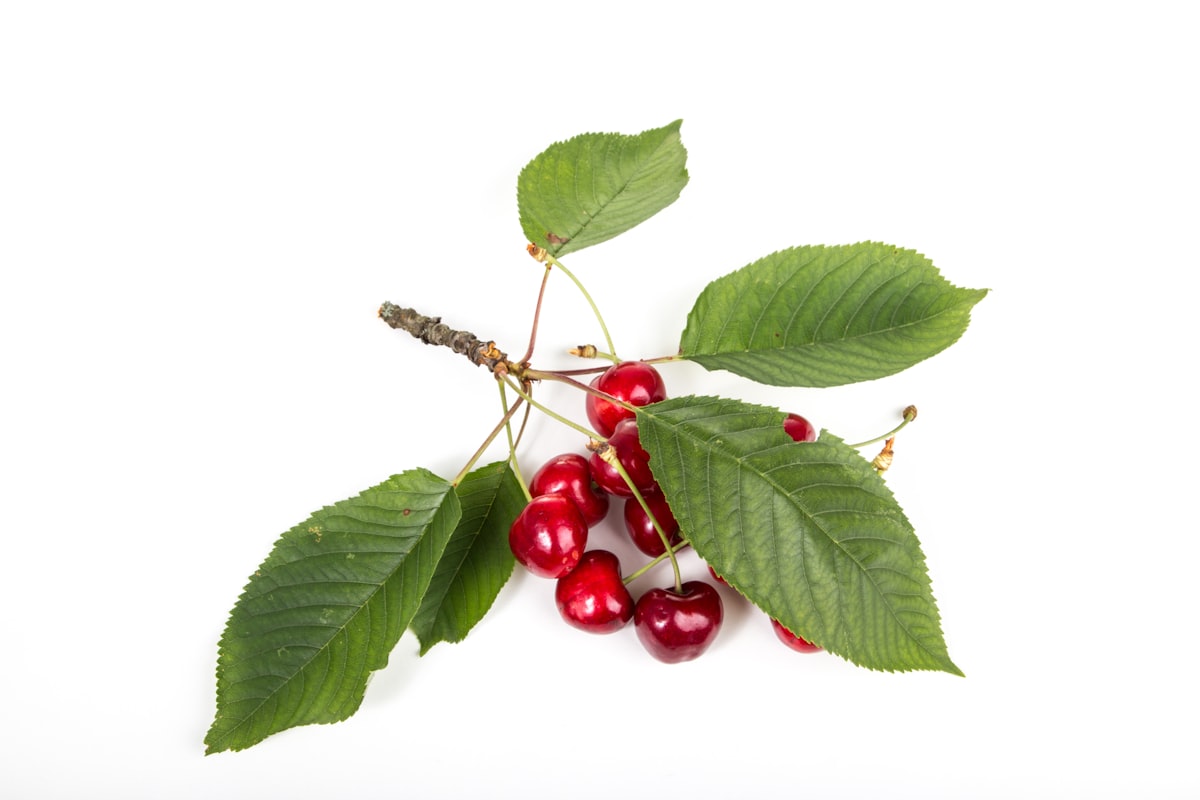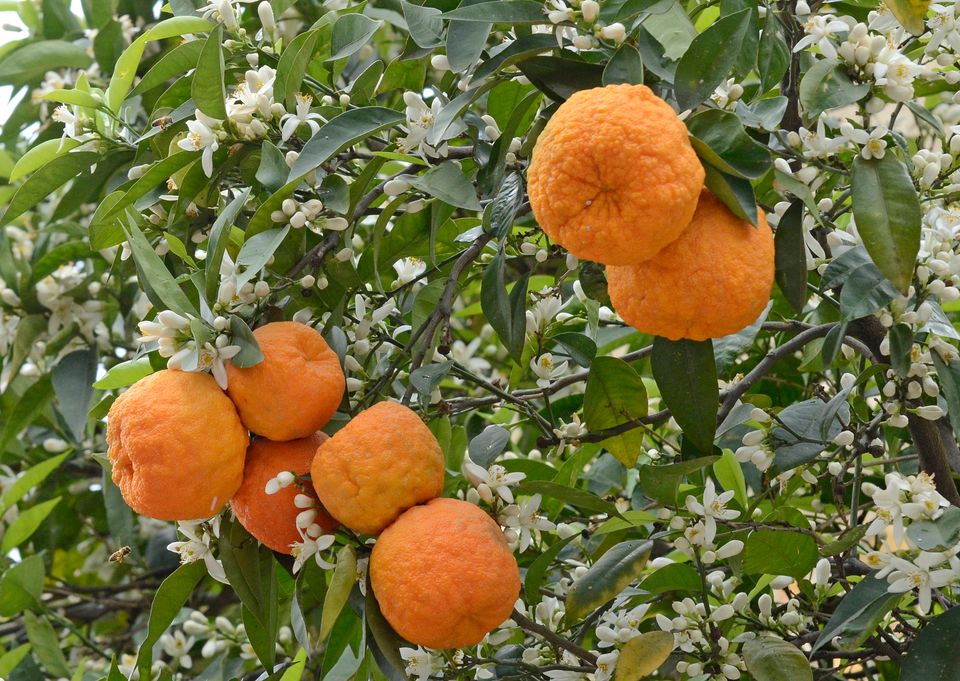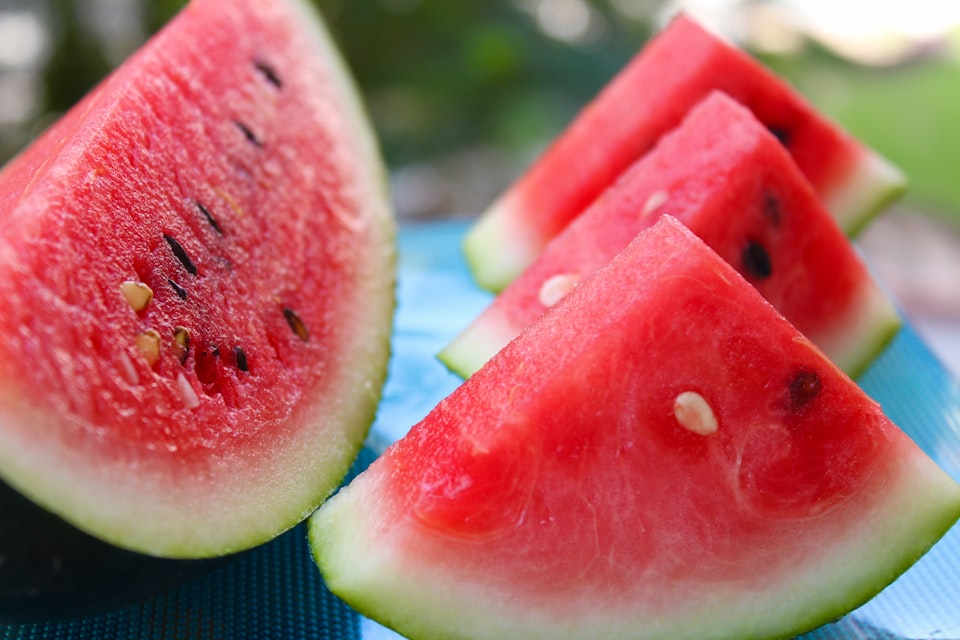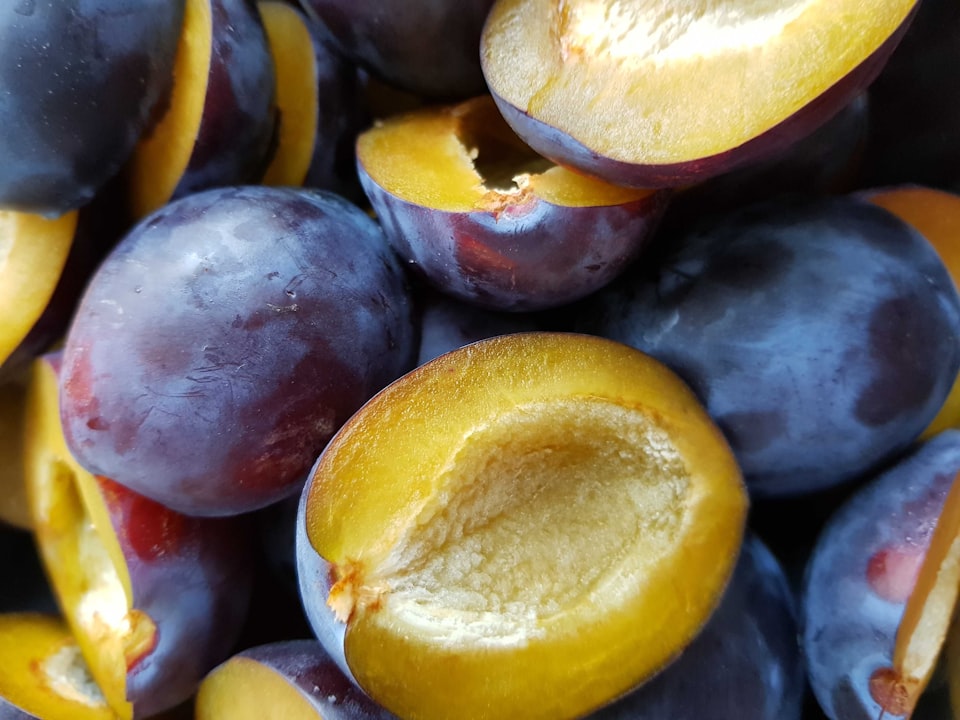IX: Cherry
How a different kind of cherry fueled the revolution.

Good morning. Today is nonidi, the 19th of Messidor, Year CCXXXI. We celebrate la cerise, a magical drupe that grows from a gorgeous flowering tree.
While the calendar is explicitly and definitely referring to the red ripened fruit of the hardwood tree with beautiful white-pink blossoms, there's an astonishing oversight on its numbered days that I want to correct here. Another plant that grows cherries is the coffea shrub of Southern Africa and Central Asia. Inside these cherries are two large pits, each of which contain a great deal of caffeine if you can figure out how to dry, grind, and boil them to get at it. And then you have coffee. And without coffee, which is mentioned nowhere on this calendar of days that is otherwise fairly generous to tropical and colonial species, there would not have been a French Revolution at all.



